How often do we see deaf people in the media today?
Pretty seldom, isn’t it?
And when we do see deaf people represented in the media, does the media accurately display who the deaf individuals are and their views -- just like anyone else?
That is, without using patronizing terms like “overcoming” and “inspiring” or without negative terms such as “afflicted with” and “suffering from”, etc?
TV Stars Can Help Represent the Deaf
In today’s media, the audience usually preferred anchors, comedians and TV stars to give their time and attention to.
For example, a lot of people are huge fans of Morgan Freeman, "The Rock", Howard Stern, Amber Rose, or even the Kardashians. Not only because of their appearance, but also by the way the use their voice to convey their message.
We have had some rising stars within the deaf community like Marlee Matlin and Nyle DiMarco.
While the media attention towards Marlee Matlin and Nyle DiMarco has been helpful in spreading awareness in the mainstream, it is not enough to rely on rising stars or “flashes in the pan” for the purpose of spreading awareness.
TV shows like Switched At Birth can and has helped. While not perfect, it’s a good start in the right direction.
Paying It Forward
Spreading awareness requires effort from advertisers, network media giants, and many other organizations from the top all the way down to the grassroots level.
The good news is many organizations recognize this trend and the importance of “paying it forward”.
Beyond Tone would like to recognize the deaf community and its media contributors. We believe that deaf people recognize the diverse use of sign language. We understand that not every deaf person signs the same way or uses the same dialect. They appear to have their own accents or use of words.
There are many deaf communities within deaf communities, with their own cultures, languages or dialects, and face similar yet very different issues than other communities.
Many people who aren't deaf don't really realize this. Deaf people also don’t realize that hearing people also have accents, because closed caption makes it seem that everyone talks the same way.
NAD Guidelines For Deaf Representation
The National Association of the Deaf (NAD) set forth some guidelines for representing deaf people in an accurate manner without being patronizing or painting them as victims.
These guidelines include the following (summarized from the linked article):
Make communication accessibility a priority
Use acceptable terms to describe deaf and hard of hearing people
Use accurate assessments of their personalities to describe them as individuals
Focus on the first-hand response or opinion from the deaf or hard of hearing person
Respect their individual identities separate from their deafness
Make all online media and broadcasts accessible to deaf people using captions
This will show authentic first-hand representation of the deaf community by eliminating language barriers. Media outlets need to show society deaf people as they truly are -- not as a marginalized group of people.

